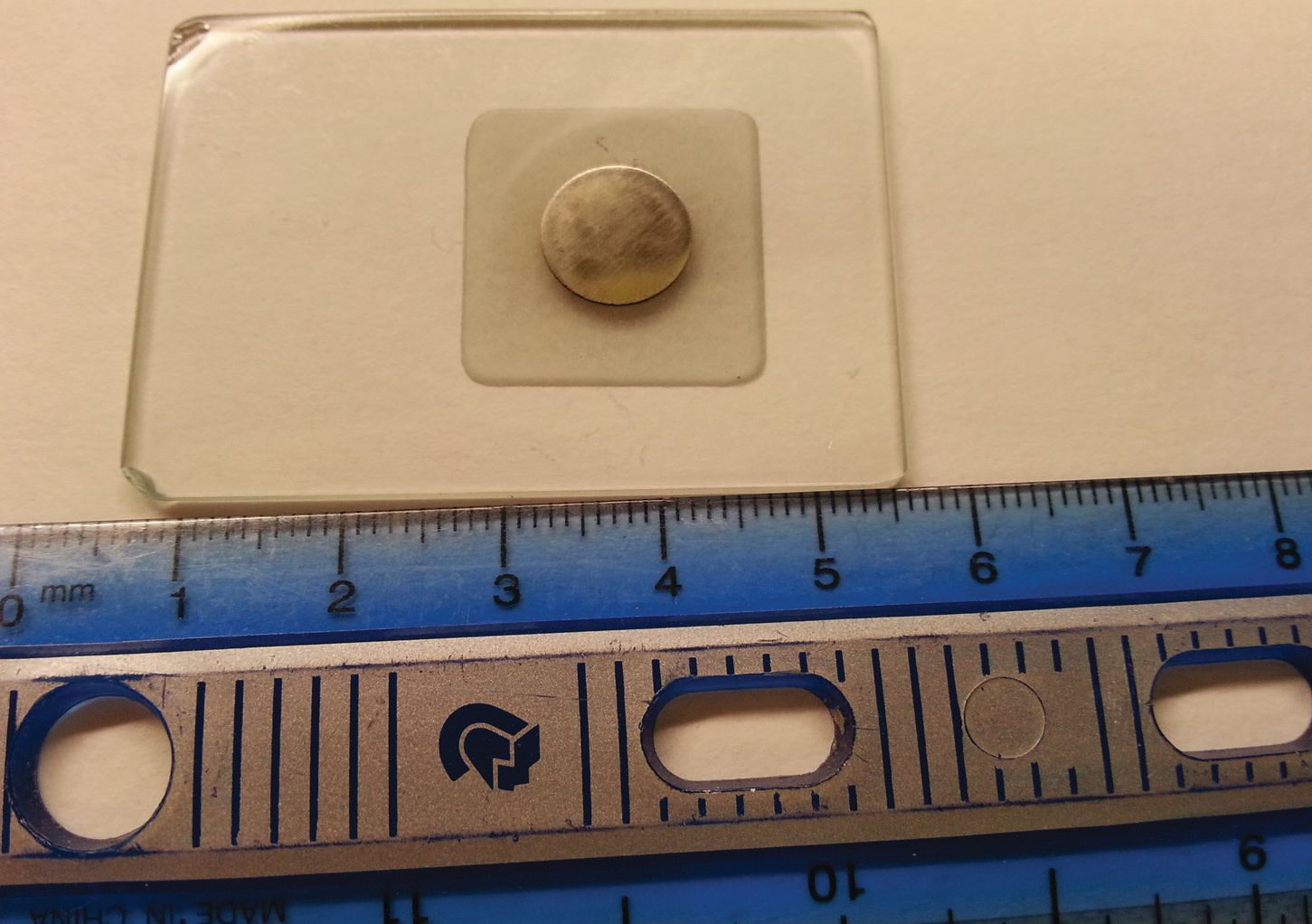High-entropy alloys
Dr. Neil Canter, Contributing Editor | TLT Tech Beat March 2015
This new class of strong and lightweight alloys holds great potential due to an unusually high strength-to-weight ratio.
KEY CONCEPTS
•
High-entropy alloys are a new class of multicomponent materials prepared with at least five elements having equal treat rates.
•
The objective is to form a single-phase, high-entropy alloy where the atomic sizes of the elements are similar.
•
Such a high-entropy alloy has been prepared from five elements and exhibits a higher strength-to-weight ratio than any other existing metal.
THE DRIVE FOR IMPROVED EFFICIENCY IS LEADING to the growing use of lightweight materials and accelerating the development of new metal alloys that are lightweight and high strength. This trend has led automotive manufacturers such as Ford to incorporate more aluminum in place of steel in vehicles such as the popular F-150 truck.
Research continues to also improve the effectiveness of ferrous metals. In a previous TLT article, a twisting process was utilized to strengthen twinning-induced plasticity steel to improve ductility without sacrificing strength (
1). Strengthening takes place through twisting the steel to form a gradient structure between the hardened surface and the softer core.
Most alloys consist of a dominant element blended with small percentages of other elements in order to tailor the metal for a specific application. A new class of multicomponent alloys known as high-entropy alloys has been developed that is prepared from equal treat rates of each metal.
Carl Koch, Kobe Steel Distinguished Professor of materials science and engineering at North Carolina State University in Raleigh, N.C., says, “High-entropy alloys are prepared from five or more elements which have an equal mass. For example, if five elements are used to prepare an alloy, then the percentage of each component is 20 percent.”
Preparation of this multicomponent material can lead to the formation of one of three materials, according to Koch. He says, “High-entropy alloys can form materials with intermetallic phases that are complex crystals, metallic glasses and simple metallic solutions. The objective is to form a simple or single-phase crystalline material. High-entropy alloys with crystalline structures such as a face-centered cubic have been prepared.”
The mechanism for forming high-entropy alloys is not known. Koch says, “We believe that high-configuration entropy drives the process, but the details are more complicated and cannot be explained just by the influence of entropy on free energy. A small enthalpy of mixing is also important in order for the entropy effect to be the dominant factor.”
Koch stresses that the atomic size of the metallic elements used need to be similar to form a single-phase alloy. This approach has now been used to develop a new high-entropy alloy that has a higher strength-to-weight ratio than any other existing metal.
ALLOY BASED ON FIVE ELEMENTS
Koch and his associates have developed a high-entropy alloy based on mixing equal percentages of aluminum, lithium, magnesium, scandium and titanium. He says, “We selected these metals to produce the high-entropy alloy because they all have low densities and are similar in atomic size. We chose titanium as one of the elements even though it does not have as low a density as we would like.”
The researchers prepared the alloy through the use of mechanical alloying process known as high-energy ball milling. Other options such as melting and casting were not used because of the high vapor pressure of lithium and magnesium.
Powders of the metal were added into a stainless steel vial that contained stainless steel balls in an inert argon atmosphere. The ratio of the ball to the powder is 20:1 by weight. A SPEC 8000 mixer used was first cooled by liquid nitrogen and milled for two hours followed by milling at room temperature for 14 hours. Koch says, “We literally used a ball bearing to beat up the metals and form the alloy.”
X-ray diffraction and transmission electron microscopy are both used to characterize the high-entropy alloy. Two materials were actually formed in the process. One of the materials is the desired high-entropy alloy while the second one contained higher levels of nitrogen and oxygen. The researchers determined that one batch of scandium powder was the source of the contamination.
Both materials exhibited a single-phase, face-centered cubic structure when formed. After annealing at temperatures of 500 C and 800 C, the two materials are found to have different structures. Koch says, “The desired material converted into a single-phase, hexagonal closed-packed structure while the contaminated alloy remained in a face-centered cubic structure with a little phase separation.”
Figure 1 shows an image of an object made with the single-phase high-entropy alloy.
 Figure 1. A new high-entropy alloy with a higher strength-to-weight ratio than any other existing metal has now been developed and has potential for use in commercial applications such as automobiles and prosthetic devices. (Figure courtesy of North Carolina State University.)
Figure 1. A new high-entropy alloy with a higher strength-to-weight ratio than any other existing metal has now been developed and has potential for use in commercial applications such as automobiles and prosthetic devices. (Figure courtesy of North Carolina State University.)
The hardness of the high-entropy alloy is found to be 5.9 gigapascals prior to annealing and 4.9 gigapascals after annealing. Alloy density is 2.67 grams per cubic centimeter, which is lower than Koch’s requirement that a low-density alloy be no higher than 3 grams per cubic centimeter.
Koch says, “In the future, we are looking to do more physical testing on the high-entropy alloy and also try to minimize the scandium treat rate because this element is expensive.”
The high strength-to-weight ratio of this new alloy means that there is potential in the future for high-entropy alloys to be used in commercial applications such as automobiles and prosthetic devices.
Additional information can be found in a recent article (
2) or by contacting Koch at
cckoch@ncsu.edu.
REFERENCES
1.
Canter, N. (2014), “Stronger steel with better ductility,” TLT,
70 (7), pp. 10-11.
2.
Youssef, K., Zaddach, A., Niu, C., Irving, D. and Koch, C. (2014), “A novel low-density, high-hardness, high-entropy alloy with close-packed single-phase nanocrystalline structures,”
Materials Research Letters, DOI: 10.1080/21663831.2014.985855.
 Neil Canter heads his own consulting company, Chemical Solutions, in Willow Grove, Pa. Ideas for Tech Beat items can be sent to him at neilcanter@comcast.net
Neil Canter heads his own consulting company, Chemical Solutions, in Willow Grove, Pa. Ideas for Tech Beat items can be sent to him at neilcanter@comcast.net.